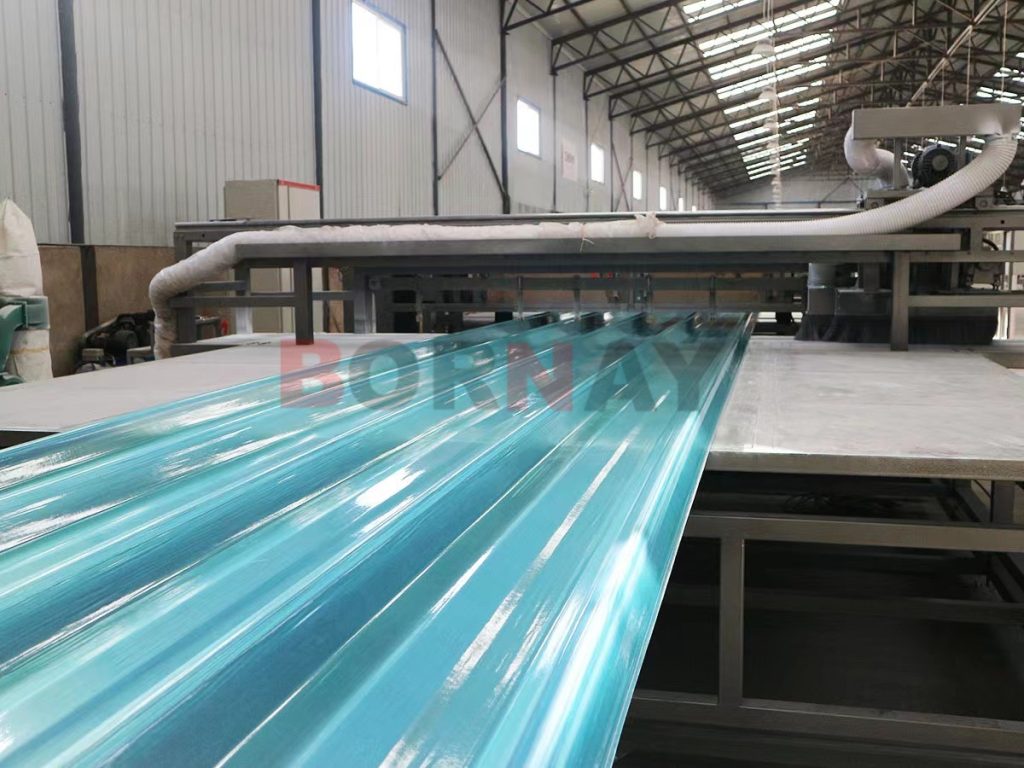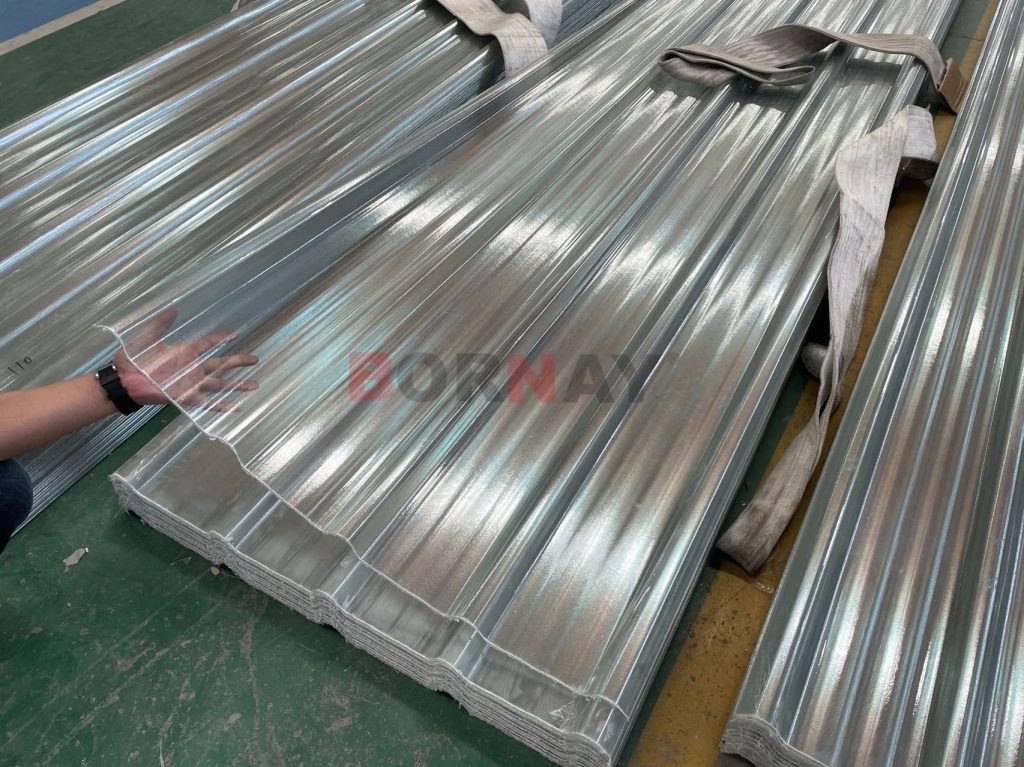In the world of construction, innovation and progress are constantly pushing the boundaries of what is possible. One such breakthrough is the advent of Fiber Reinforced Polymer (FRP) roof panels, which have revolutionized the way we approach roofing systems. These panels offer a myriad of advantages over traditional building materials, paving the way for a new era in construction.

First and foremost, FRP roof panels are incredibly lightweight yet exceptionally durable. Unlike traditional roofing materials such as concrete or clay tiles, which can be heavy and cumbersome to install, FRP panels are significantly lighter. This feature not only simplifies the installation process but also reduces the load on the building structure. As a result, FRP panels are ideal for retrofitting existing buildings or constructing new ones, as they minimize the need for structural reinforcement.
Furthermore, FRP roof panels boast remarkable strength-to-weight ratios, making them resistant to impact, extreme weather conditions, and corrosion. These panels are engineered with multiple layers of fiber reinforcement, typically made of materials like fiberglass or carbon fiber, which lend them exceptional tensile strength. As a result, FRP panels can withstand heavy snow loads, high winds, and even hailstorms without compromising their integrity. Additionally, their resistance to corrosion ensures a longer lifespan compared to traditional materials, reducing maintenance and replacement costs over time.
In addition to their physical properties, FRP roof panels offer unparalleled design versatility. They can be manufactured in a wide array of shapes, sizes, and colors, enabling architects and designers to explore new creative possibilities. Whether it's a curved roofline, a skylight, or a complex architectural feature, FRP panels can be molded to suit virtually any design vision. This versatility not only enhances the aesthetic appeal of a building but also allows for optimized natural lighting and energy efficiency.
Moreover, the installation of FRP roof panels is a streamlined process that requires minimal labor and time. The panels are typically prefabricated off-site, ensuring precision in their dimensions and reducing on-site construction time. This efficiency not only accelerates project timelines but also minimizes disruptions to the surrounding environment.
From an environmental perspective, FRP roof panels offer sustainable advantages over traditional materials. The manufacturing process of FRP panels consumes less energy and produces fewer emissions compared to concrete or clay tiles. Furthermore, their lightweight nature reduces the transportation carbon footprint, resulting in lower fuel consumption during shipping.
In conclusion, FRP roof panels have emerged as a game-changer in the construction industry, breaking the limitations of traditional building materials. With their lightweight yet durable nature, exceptional strength, design versatility, ease of installation, and environmental sustainability, FRP panels have become the go-to choice for forward-thinking architects, engineers, and builders. As we continue to push the boundaries of construction, FRP roof panels stand as a testament to innovation and progress in the pursuit of a better and more efficient built environment.


